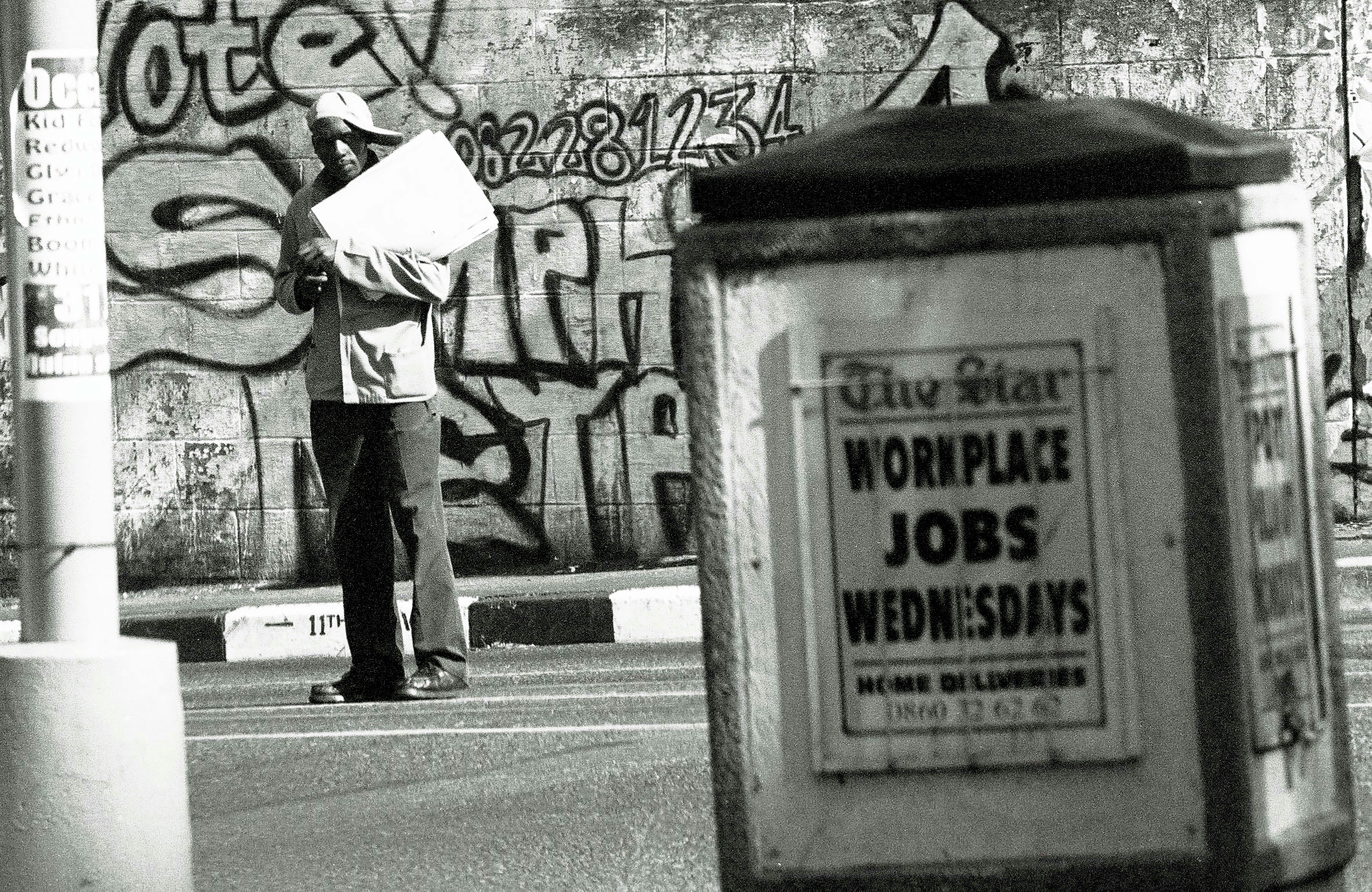
Julian Phethean’s first canvas in London was a shed in his yard the place he lined the partitions with daring lettering in spray paint. When he moved his artwork to town’s streets within the 1980s, it was largely unwelcome — and he was even arrested just a few instances.
“We had nowhere to apply,” he mentioned. “It was simply seen as vandalism.”
Nowadays, the canvases come to Mr. Phethean, higher referred to as the muralist Mr Cenz. Current facades, which he shares together with his sizable following, have included an summary mural on a Tesla showroom and a portrait of Biggie Smalls, sponsored by Pepsi Max.
“I by no means would have envisioned that I’d have the ability to do it for a dwelling,” he mentioned.
Landlords wanting to draw younger professionals as soon as scrubbed off the rebellious scrawls. That was earlier than graffiti moved from countercultural to mainstream. Now constructing homeowners are prepared to pay for it.
From Berlin to London to Miami, the broader acceptance of graffiti has attracted builders seeking to broaden into stylish areas, corporations desirous to relocate to hipper neighborhoods and types looking for artistic methods to promote their merchandise.
However that spotlight to as soon as neglected neighborhoods has pushed up rents, leaving artists, followers and native officers with a quandary: What occurs after the road artwork that introduced character turns into commodified?






